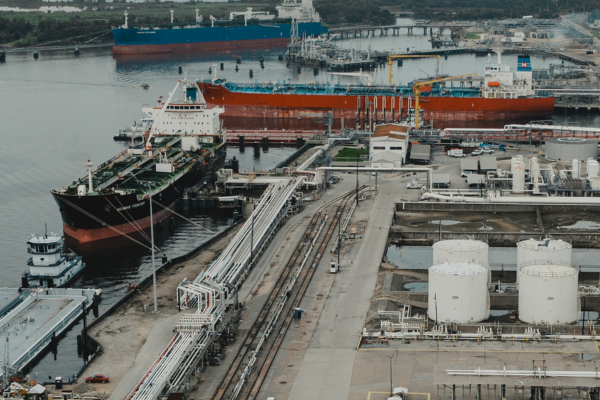-
Regional Clean Hydrogen Hubs – We provided Letters of Support for two hydrogen hubs that were selected in 2023 for funding by the Department of Energy (DOE). The HyVelocity hub centers on Houston, Texas, and the U.S. Gulf Coast. The Heartland Hydrogen Hub includes projects to produce low-carbon hydrogen across Montana, North Dakota, South Dakota, Minnesota and Wisconsin. Both hub awardees include areas where ONEOK has extensive operations, and as projects develop, we will evaluate opportunities to participate.
-
H2@Scale Texas and Beyond –Part of the DOE’s larger H2@Scale initiative to advance affordable hydrogen production, storage, distribution and use across multiple industry sectors. H2@Scale’s focus includes renewable hydrogen generation, vehicle fueling, market demand and economic analysis, and a study to determine the effects of hydrogen blending in natural gas pipelines.
-
Developing and Investigating Subsurface Storage Potential and Technical Challenges for Hydrogen (DISSPATCH H2) – ONEOK is a funding partner on a study, led by GTI Energy, to evaluate the potential for underground hydrogen storage in the Anadarko Basin in Oklahoma. A hydrogen economy will require large amounts of storage to accommodate fluctuations in demand, and as a partner in this study, ONEOK is providing insights from our underground storage engineering team based on our experience with natural gas storage in the state.

